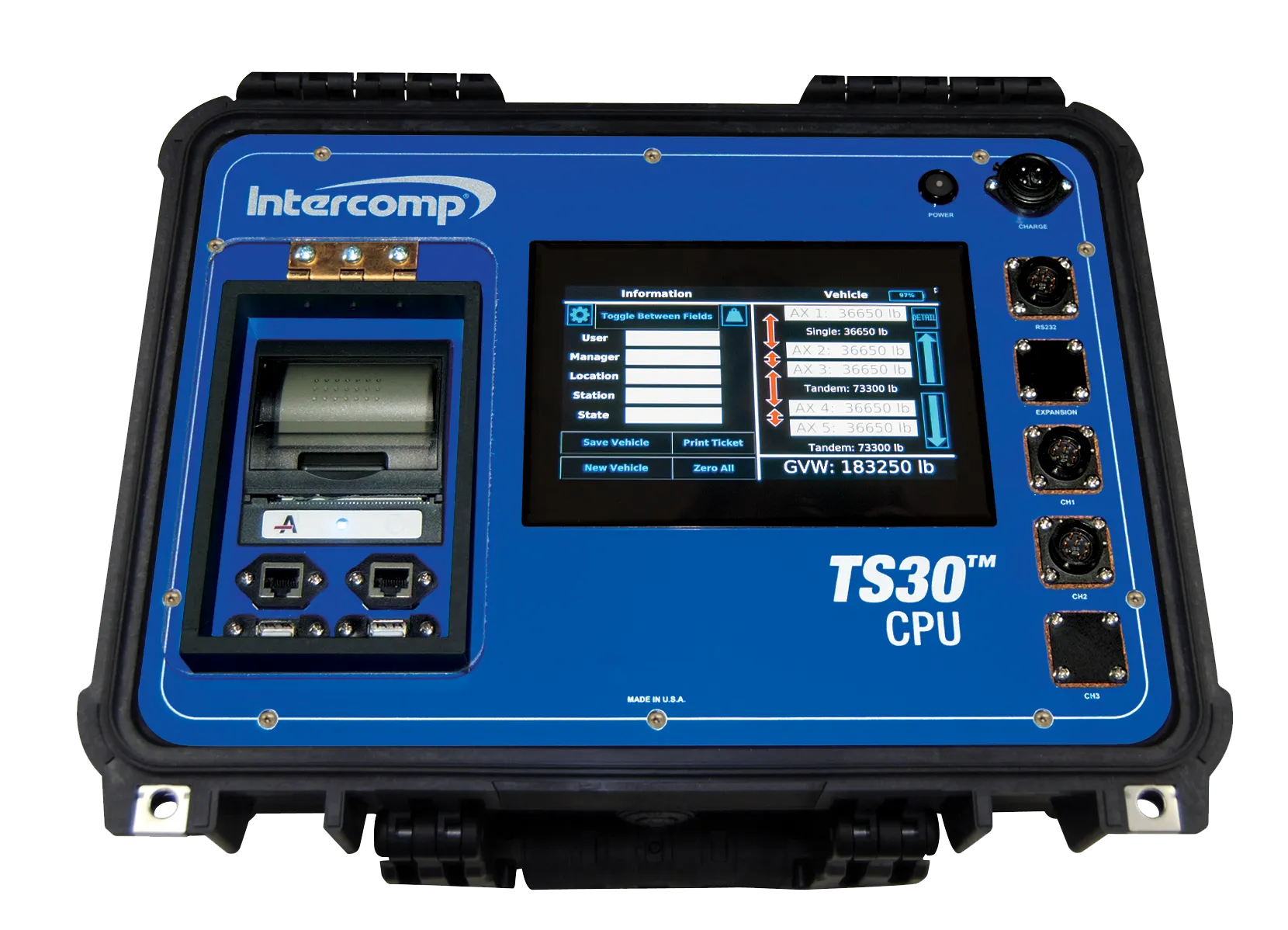Nexcom has expanded its range of in-vehicle PCs with the launch of the VTC 6100, an intelligent yet rugged telematics PC which is ideal for in-vehicle digital signage and infotainment applications within buses, trains and taxis.
February 3, 2012
Read time: 2 mins
The VTC 6100 is equipped with numerous display interfaces and supports Dual Independent Display for CRT, DVI and LVDS, a feature which enables operators to run two separate applications on two different screens. Operators can manage and upload content automatically over a wireless network and, when used in conjunction with the built-in GPS module, can schedule content to appear at a particular location on a vehicle's route, enabling advertisers to target specific geographical regions/customers.
The VTC 6100 is wholly designed for in-vehicle operation and complies with most relevant industry standards, including e13 and EN 50155. To facilitate mobile communication, navigation and tracking, the unit can support GSM, GPRS, GPS, WCDMA, HSDPA, WLAN and Bluetooth. The device has intelligent ignition detection, power on/off delay control and power surge protection that enables it to adapt to various power supply conditions. Furthermore, power on/off delay and low-voltage protection settings can be controlled by software. For increased flexibility, the VTC 6100 has a 6-36V DC power input with an external smart battery backup for uninterrupted power support.
Based on Intel's energy-efficient 1.6GHz Intel Atom N270 CPU, the VTC 6100 boasts numerous I/O interfaces including USB (three), COM (three), Audio (two), CF, LAN, Mini PCIe (two) and PCI 104.
Although the VTC 6100 was designed for in-vehicle digital signage and infotainment systems, Nexcom says that it will also find applications within automated vehicle tracking, driver information systems and in-vehicle security/surveillance systems.








